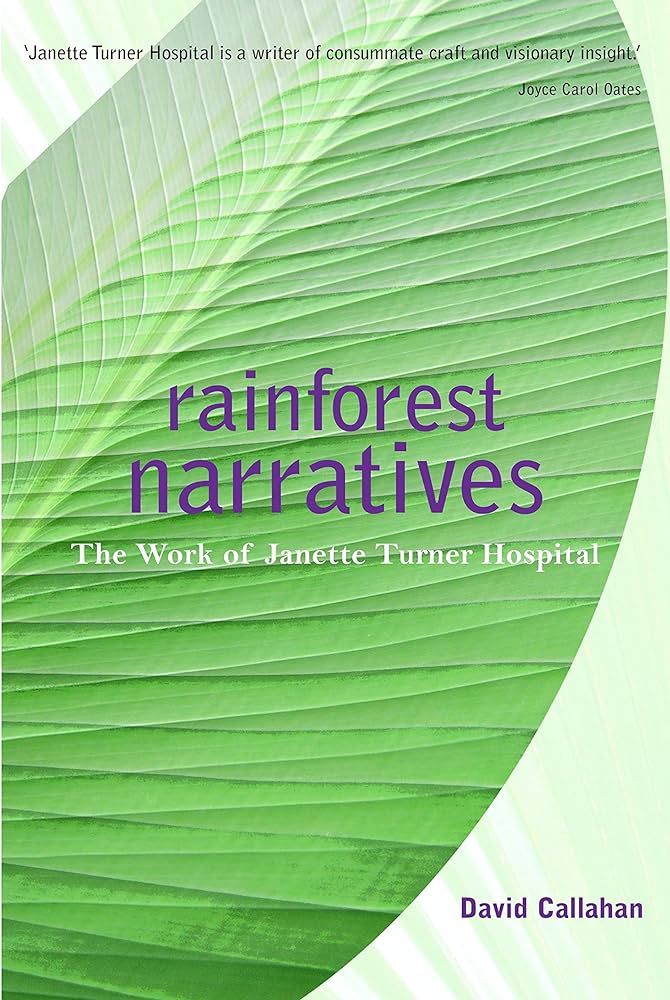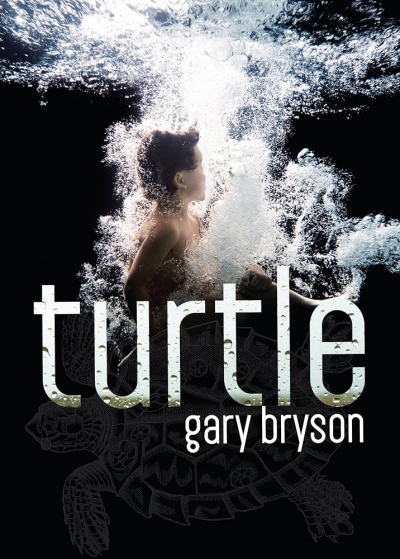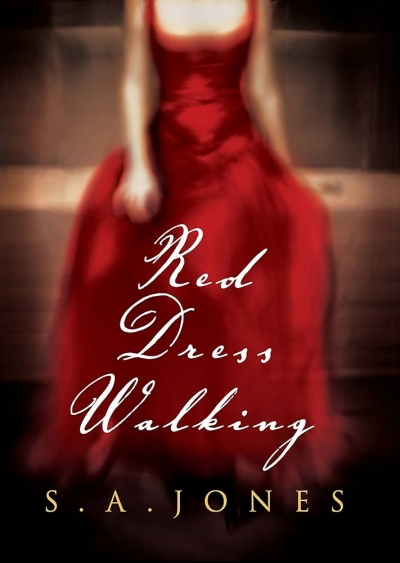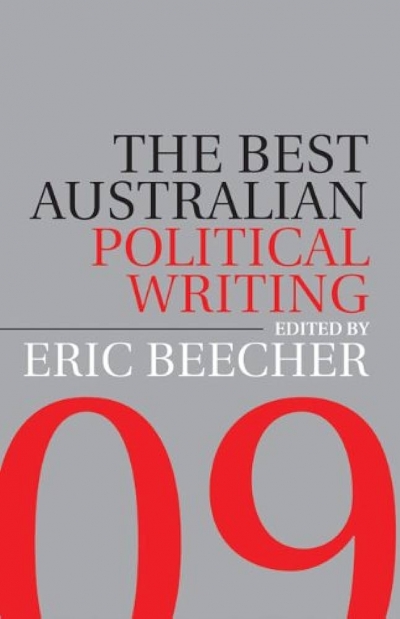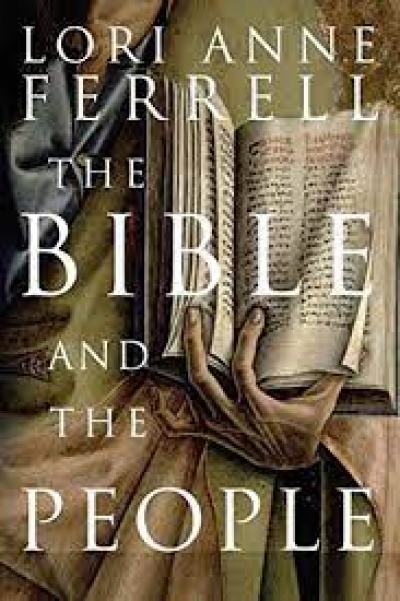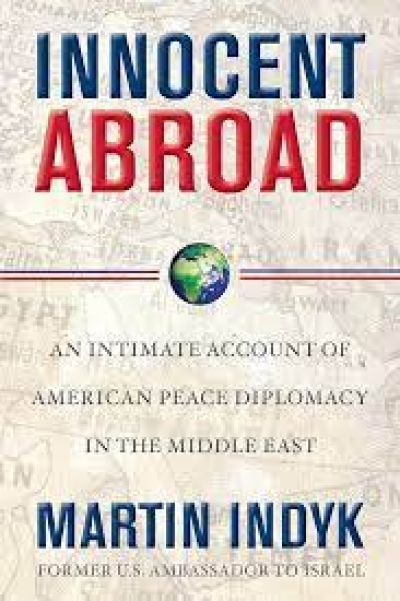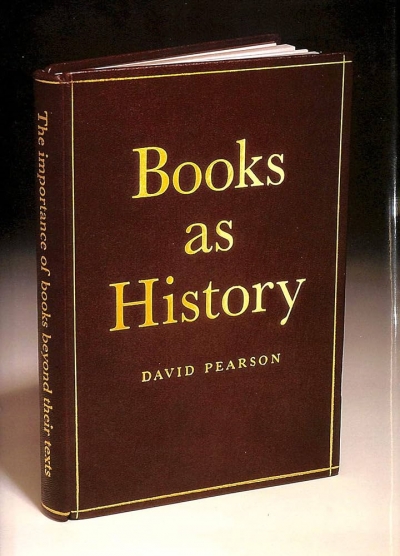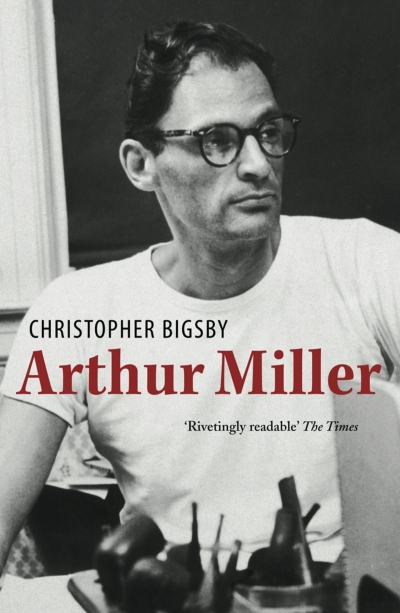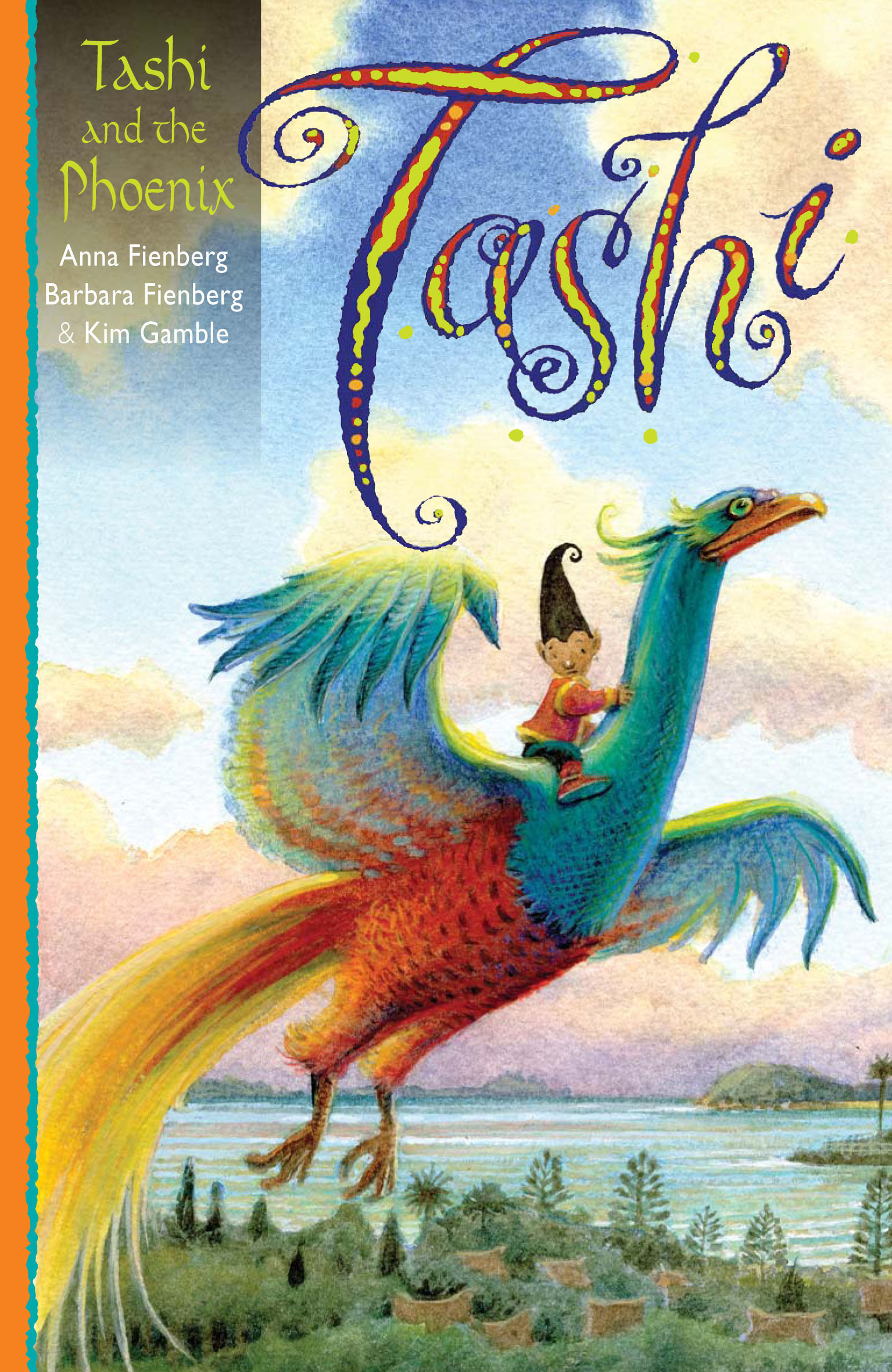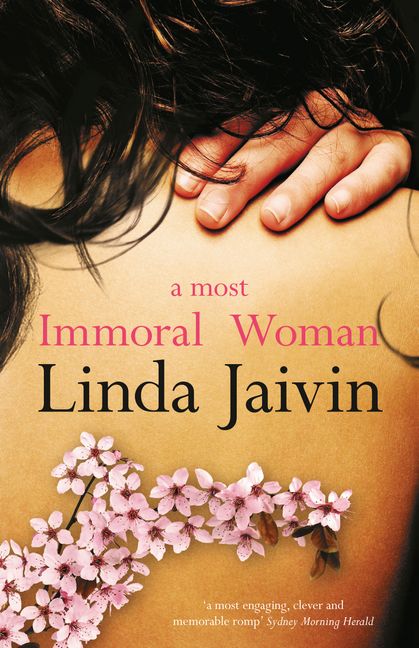Review
Rainforest Narratives: The Work of Janette Turner Hospital by David Callahan
by Susan Lever •
The Best Australian Political Writing 2009 edited by Eric Beecher
by Jay Daniel Thompson •
Innocent Abroad: An intimate account of American peace diplomacy in the Middle East by Martin Indyk
by Jonathan Pearlman •
Books As History: The importance of books beyond their texts by David Pearson
by Gillian Dooley •

